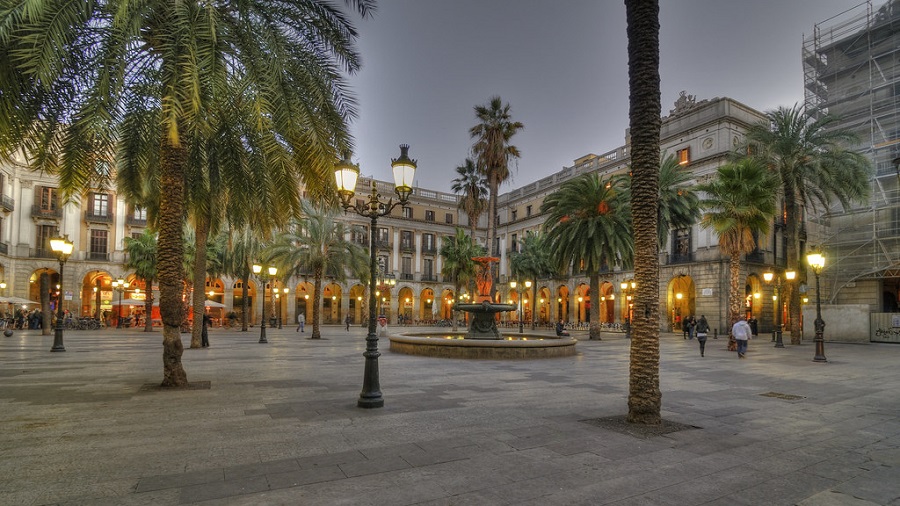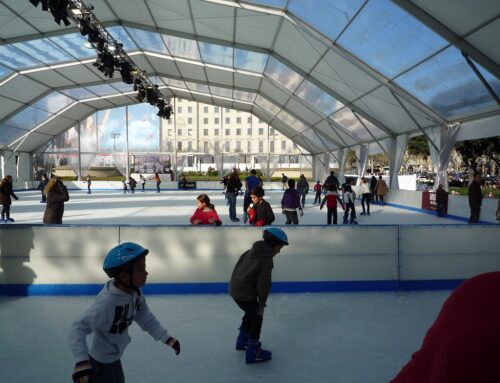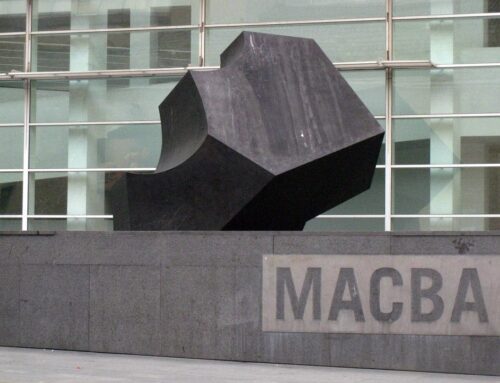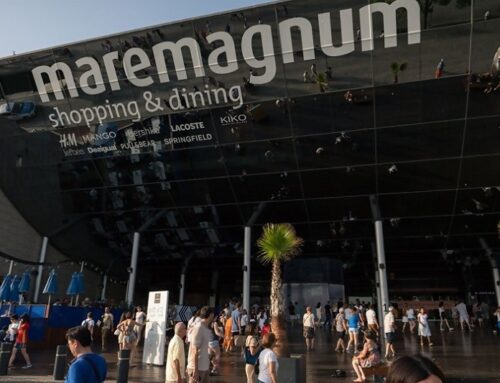Walking through Barcelona means discovering alleyways, plazas, and other unexpected corners. It’s precisely these little surprises that make your walk even more special. This time we’d like to talk about one of the best-conserved treasures of the capital city: the Plaza Real. When you stay at our boutique hotel in Barcelona city centre you will be just a short walk away.
The Plaza Real is a porticoed Plaza constructed in 1848 by the architect Daniel Molina. Due to its location on La Rambla and near to the Gothic Quarter, it is one of the most heavily-trafficked places in the city. It is endlessly dynamic, and has become famous for its patios and bars, always packed with people. Here are 5 facts you should definitely know about this Barcelona jewel.

- It used to be a capuchin convent
As we mentioned above, the plaza was built in the middle of the 19th century in a space that had previously been the La Matrona capuchin convent. At that time revolts against the church were happening frequently, which is how the convent fell victim to the flames. Then, in that same area, it was decided that this plaza should be built in honor of the monarchy, specifically King Ferdinand VII. - The centerpiece is the Fuente de las Tres Gracias
In the center of the plaza you’ll find the Fuente de las Tres Gracias, a fountain displaying the goddesses of fertility, creativity, and enchantment. There was an initial plan to build an equestrian statue of Ferdinand VII, but it the end this was never completed. - The streetlights were designed by Antoni Gaudí
Near the fountain you’ll see a pair of streetlights. They carry the signature of the famous architect Antoni Gaudí. Installed in the Plaza Real in 1879, they draw the eye with their dark marble bases and central column with two entwined serpents and a winged helmet. These are the symbols of Mercury, god of trade. - The plaza was completely remodelled in the 80’s
Until the 80’s vehicles were allowed to drive in Barcelona’s Plaza Real. After that point, vehicles were banned at palm trees, iconic local symbols, were planted. - The porticoes are full of detail
The Plaza Real is one of the few closed plazas still in existence in the capital city. Its porticoes are iconic and instantly recognizable. They are full of detail, decorated with busts sailors and explorers, and Indian children holding shields.
With all these details in mind, you’ll enjoy your visit to Barcelona’s Plaza Real even more! Enjoy your stay at our family hotel in central Barcelona.






Leave A Comment